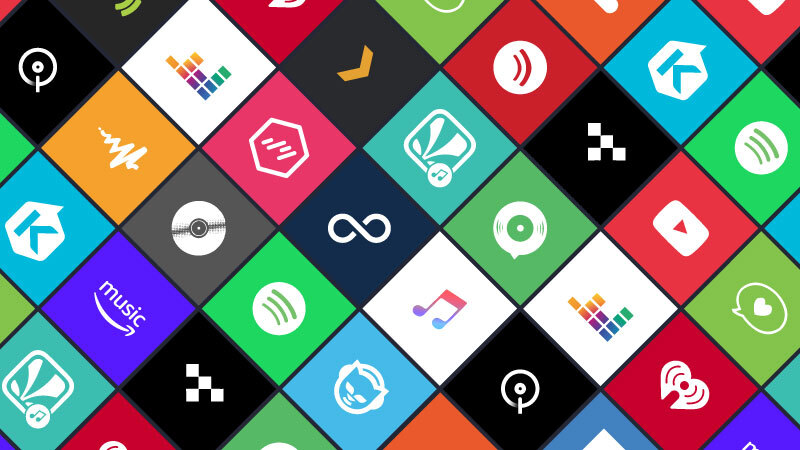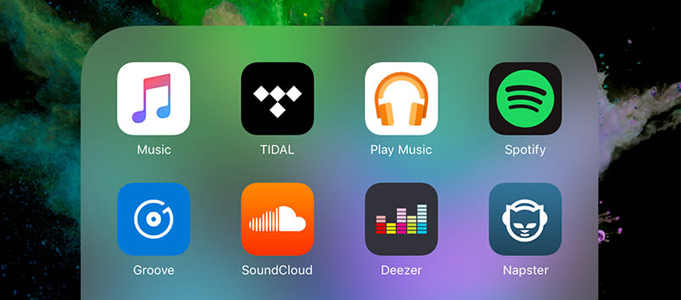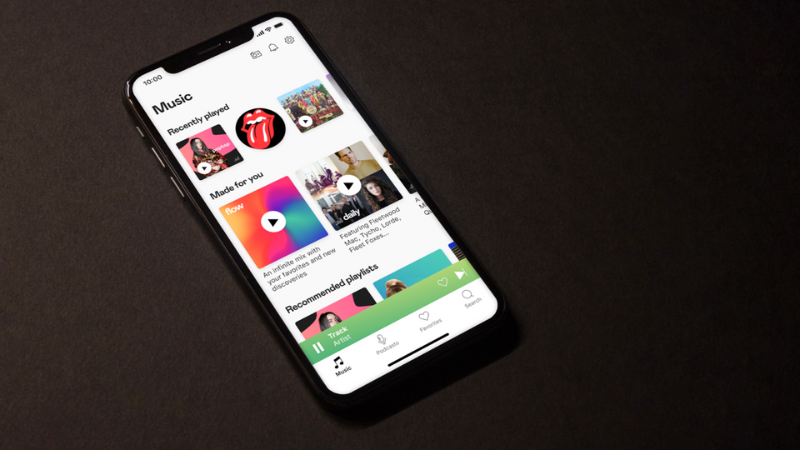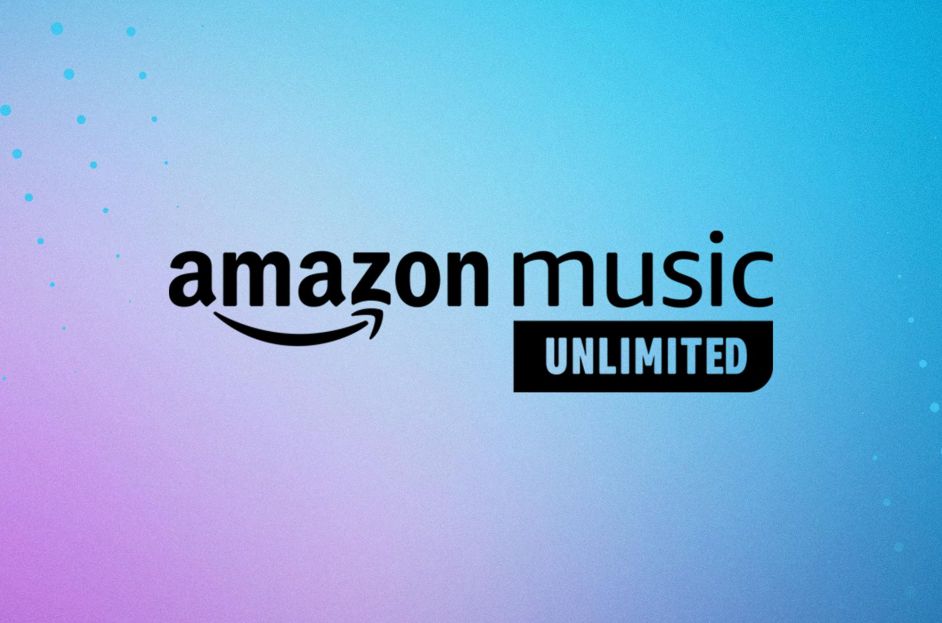It is THE big question raised by the emergence of streaming platforms. How much do artists earn per stream? And it’s also the one that’s most unclear.
The figures presented in this article have been cross-checked with several sources, but they may change in a year or a week. They were gathered in August 2023 and will be updated if they evolve.
At Soundiiz, we’re passionate about streaming and its many challenges, but we’re also attentive to how platforms nurture cultural creation. And we try to raise awareness of the fragility of artists’ remuneration in a context where the music industry makes millions and millions of dollars. For this reason, it was essential – as you, too, are passionate about streaming if you read us – to delve into the subject.

Here, we’ll focus solely on the remuneration per stream, not the figures associated with CD or vinyl sales, concerts, etc. We’ll also be focusing a lot on Spotify: it’s the world leader, so it’s partly via this platform that artists generate income.
How is money distributed? Is it possible to generate sufficient income from streaming alone?
We will try to answer these questions!
Three types of remuneration
To fully understand what we’re talking about, it’s important to remember that remuneration on streaming platforms takes two primary forms: Mechanical Royalties and Public Performance Royalties. According to the Song Trust website, here’s what they represent:
Mechanical Royalties: “Royalties earned through the reproduction of copyrighted works in digital and physical formats. Songwriters are paid mechanical royalties per song sold, downloaded, and streamed via “on-demand” streaming services.”
Public Performance Royalties: “Performance royalties are generated when a song is “publicly performed” – broadcast on radio or television or played in restaurants, bars, or nightclubs. Performance royalties are also generated when your song is performed live (whether by you or another performer) and played on certain forms of digital media, like online radio stations.”
The third remuneration is a payout to the owners of a recording. It represents the money that will be paid to all the people involved in the makings of a song, be it songwriters, musicians, producers,…

You should also be aware that remuneration varies according to the stream type. Not all artists are paid the same. For example, a Deezer or Spotify user using a free subscription will generate less important royalties than a premium subscription. Some countries are in less buoyant markets, where a premium subscription costs less. The pay-per-stream rate will therefore be lower. One last point: for a stream to be counted as such, the song must be listened to for a minimum of thirty seconds.
Another less-known fact: part of the money you give to your streaming platform doesn’t all go to the artists you listen to the most but to the artists the most streamed on these platforms. The royalties are not always equally distributed.
Now that the groundwork has been laid, it’s time for the data!
A few figures on how much artists earn per stream
It may seem paradoxical, but even though streaming now accounts for the vast majority of music consumption worldwide, most artists are not making a living from the revenues generated by listening to their songs on the platforms. Studies show that nine out of ten artists earn less than 1,000 euros on Spotify annually, even if they generate millions of streams! The Loud & Clear site, created by Spotify, even claims that only 57,000 artists on Spotify earned more than 10,000 dollars in 2022. That’s very, very little. Especially when you consider that stream revenues are partially redistributed to the artists’ labels and not directly to the artists themselves. Apple Music, for example, pays 52% of its revenues to labels.

Loud & Clear is a tool launched by Spotify in the interests of transparency. Indeed, the Swedish company was the subject of much criticism regarding artist remuneration. It provides a wealth of data and industry figures. A must-see for the most passionate among you!
But even if transparency is commendable and interesting, Spotify and its competitors still pay artists very little. In September 2016, the site LALAL.AI overviewed all the remuneration offered to artists by streaming. The figures are illuminating, and we detail them just below.
Note: LALAL.AI’s figures are close to those of other media identified during our research. They seem fair to us, but let’s keep in mind that they were retrieved in July 2023 and could benefit from an update once new information becomes available. Also, they depend on the factors mentioned above: geographical origin of streams, type of subscription, etc. In any case, they give an idea of which platforms pay best.
How much are artists paid on Spotify?
Spotify is one of the worst performers on the market, with an average of $0.003 per stream.
How much do artists earn per stream on TIDAL?

TIDAL has positioned itself as a platform that puts artists rather than users at the heart of everything. It’s only logical that it should be one of the top players on the market, with $0.01284 per stream.
How much are artists paid on Apple Music?
Among the market leaders, Apple Music has the most attractive earnings per stream, with an average of $0.01 per stream.
How much are artists paid on YouTube Music?

YouTube Music could perform better, with only $0.00069 per stream. That’s one improvement point for a service with a lot going for it!
How much are artists paid on Deezer?
The French platform offers a decent fee but could be even more attractive. Deezer pays an average of $0.0064 per stream.
How much do artists earn per stream on Amazon Music?

Amazon Music, one of the fastest-growing platforms, must improve. With only $0.004 per stream, it still needs to be put up to scratch.
Note: These figures seem relatively low to some. But it’s important to remember that while Amazon Music and Spotify, for example, have some of the most attractive pay-per-stream rates, their user bases are so large that they enable artists to be streamed many times. Therefore, artists must continue to be present and active on these platforms.
Initiatives underway to redress the balance
Many artists and musicians’ unions regularly speak out against what they consider unfair remuneration. Streaming has become so widespread that artists partly depend on it to support themselves or attract new listeners. But they also feel trapped in a system where Spotify, Deezer, Apple Music, and others control everything.
Several things are currently being discussed in Europe and the United States. Firstly, an increase in the price of specific works. Catalogs numbering several hundred million listenable titles include more than just songs per se. There are also ambient noises and other tracks that some people don’t consider to be music.

In August 2022, Congresswoman Rashida Tlaib presented an innovative measure to the US Congress to enable artists to be better remunerated. According to the USA Today website, Rashida Tlaib said, “It would take more than 800,000 streams a month to equal a wage of $15 an hour.”
In recent months, there also have been talks of switching to a “user-centric” payment model: it would distribute royalties according to what users listen to and nothing else. Several studies have been underway, with the newest one concluding, according to MusicBusiness Worldwide, that “29.3% of artists would see an increase in income of 40% or more, when compared to the “pro-rata” model of payments currently favored by most streaming platforms.” Could it be the future?
But streaming platforms don’t necessarily want the system to evolve in artists’ favor. The tug-of-war has begun!
Does Soundiiz have a role to play in artist remuneration?
None at all!
Soundiiz is an intermediary between the platforms. They don’t pay us, and we don’t pay them either. Soundiiz is a sort of “facilitator”. It allows you to move quickly from one platform to another and manage your data in one place using our renowned Transfer function.
Want to move all your data from Spotify to Apple Music? It’s easy!

We have no impact on the artists’ remuneration. On the other hand, we can increase the number of streams generated by a playlist. Thanks to our synchronization function, you can retrieve the playlists you want from any streaming platform at any frequency you like!
Would you like to see how Soundiiz can make your life easier? Just try our services!



